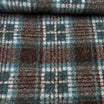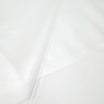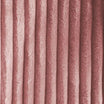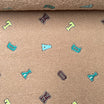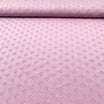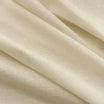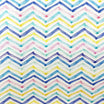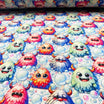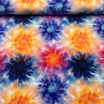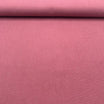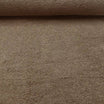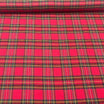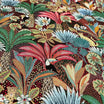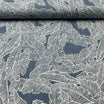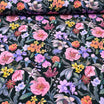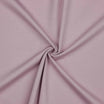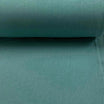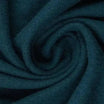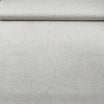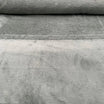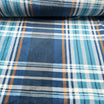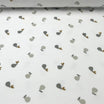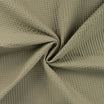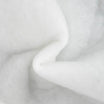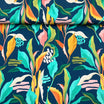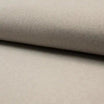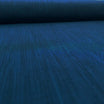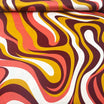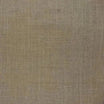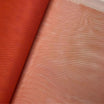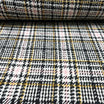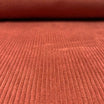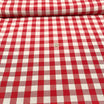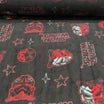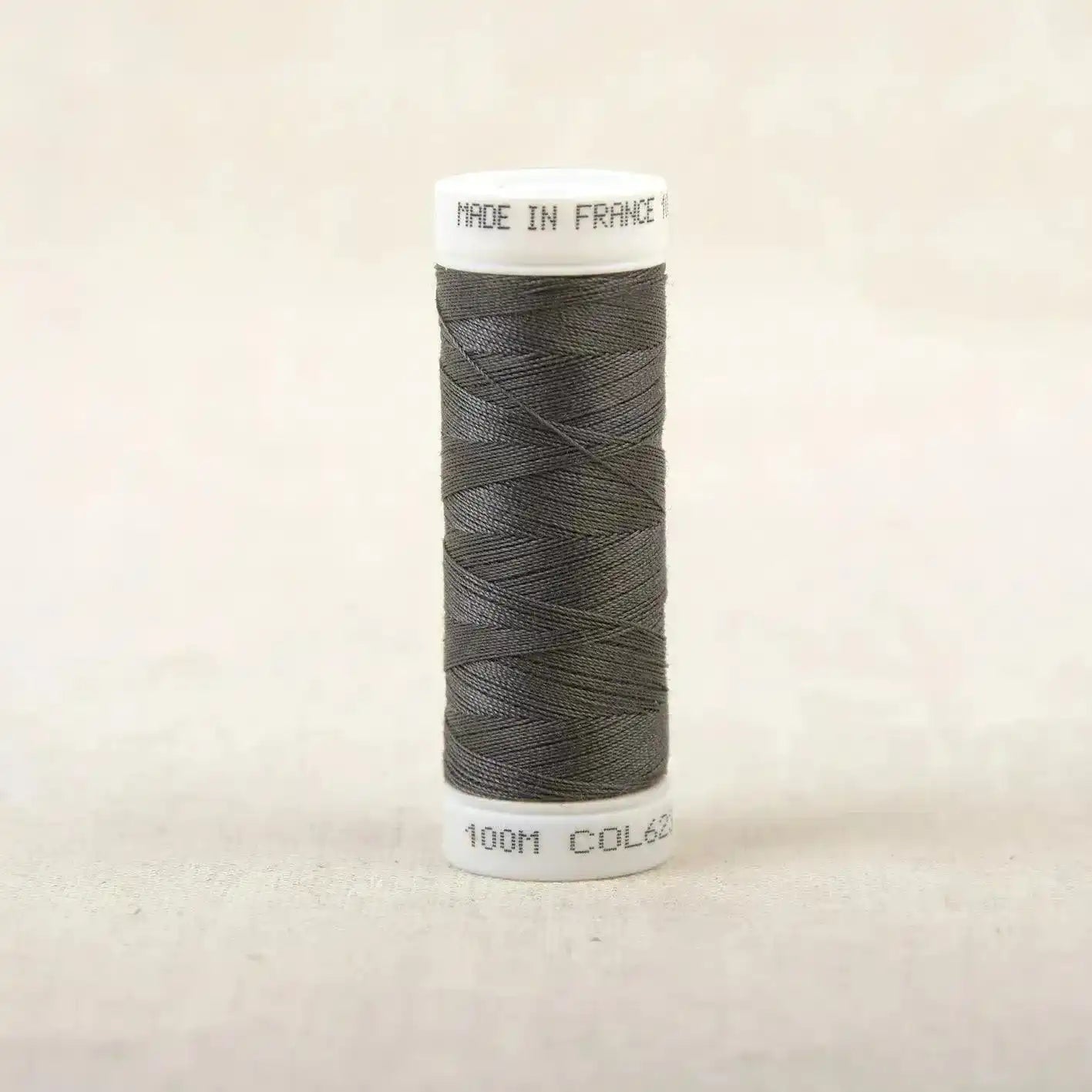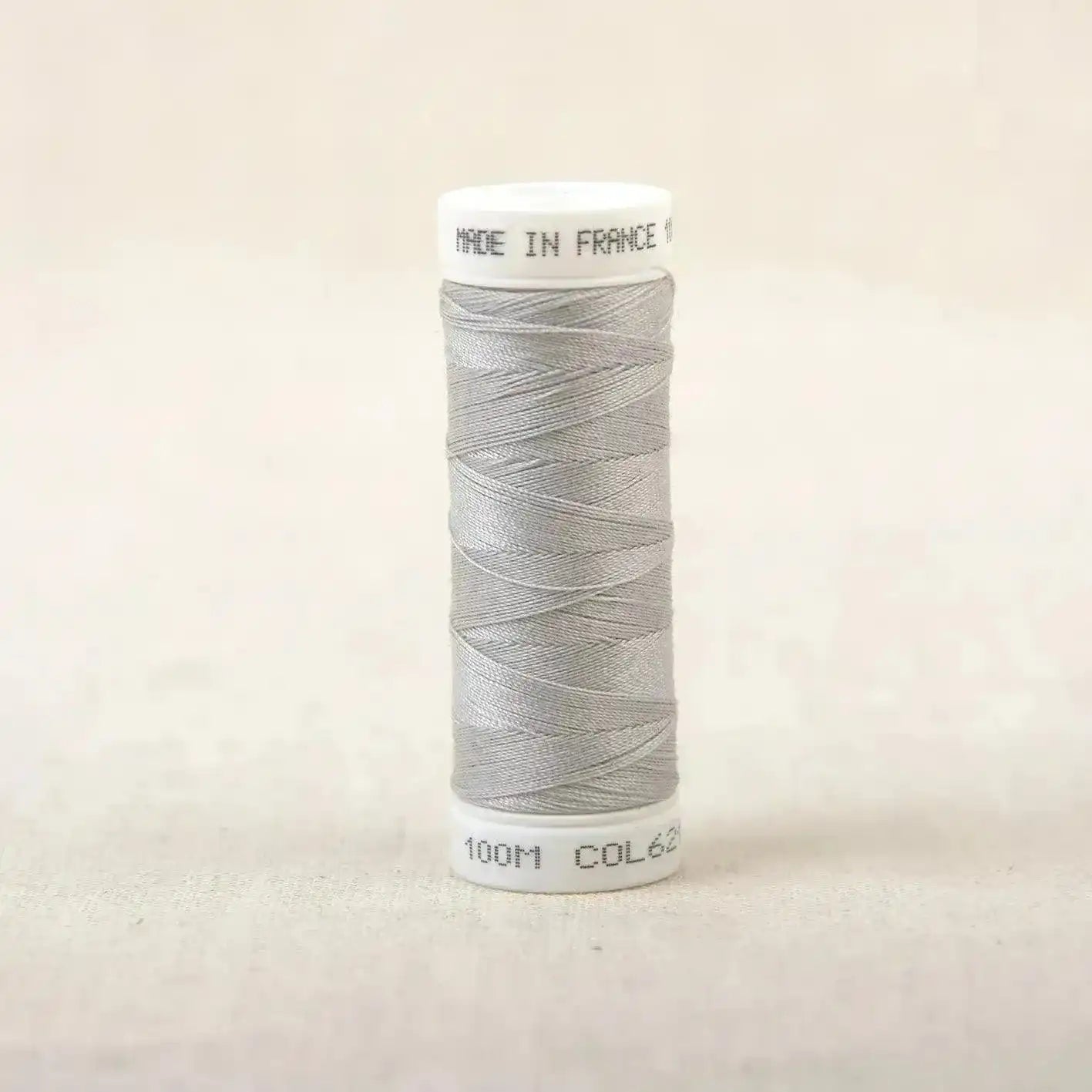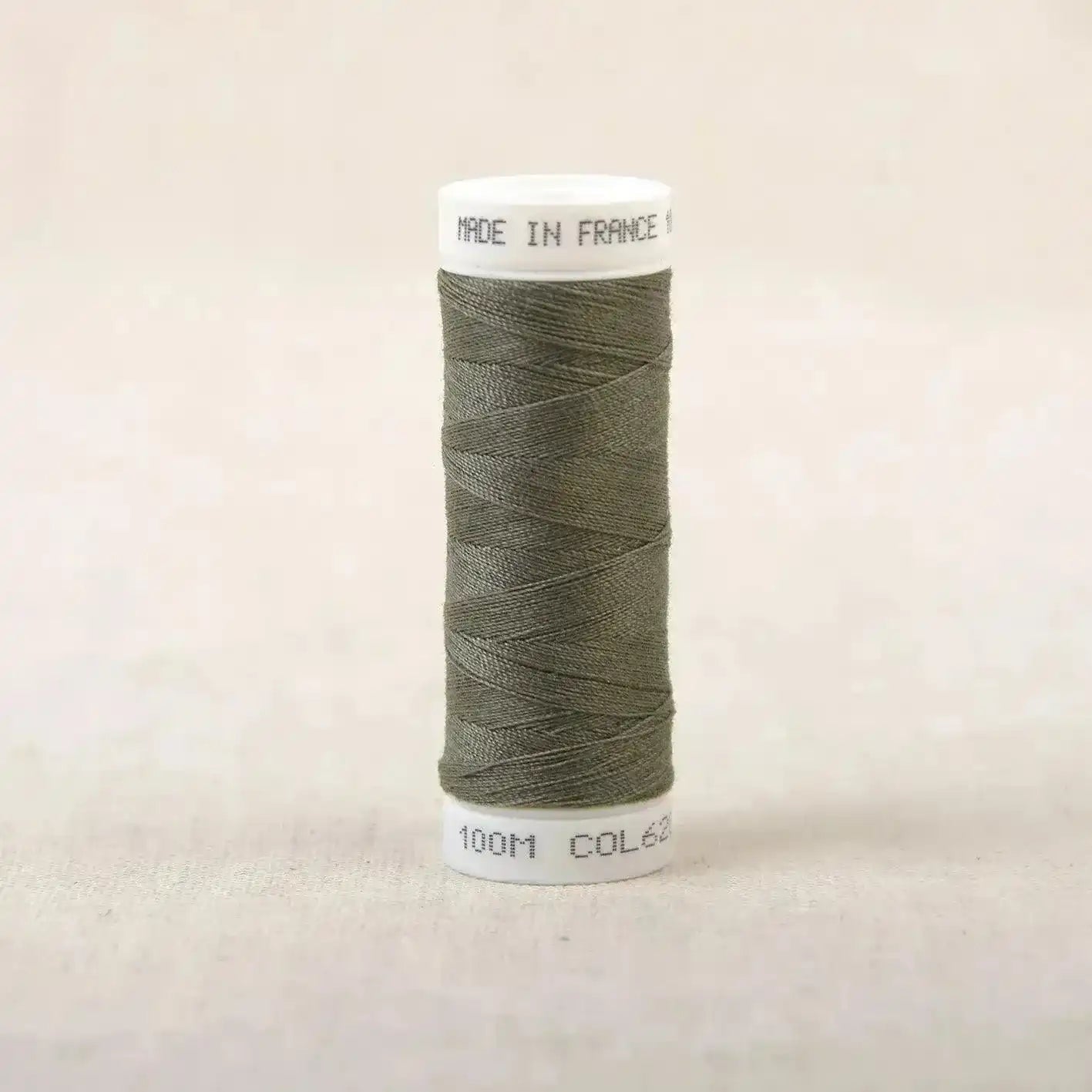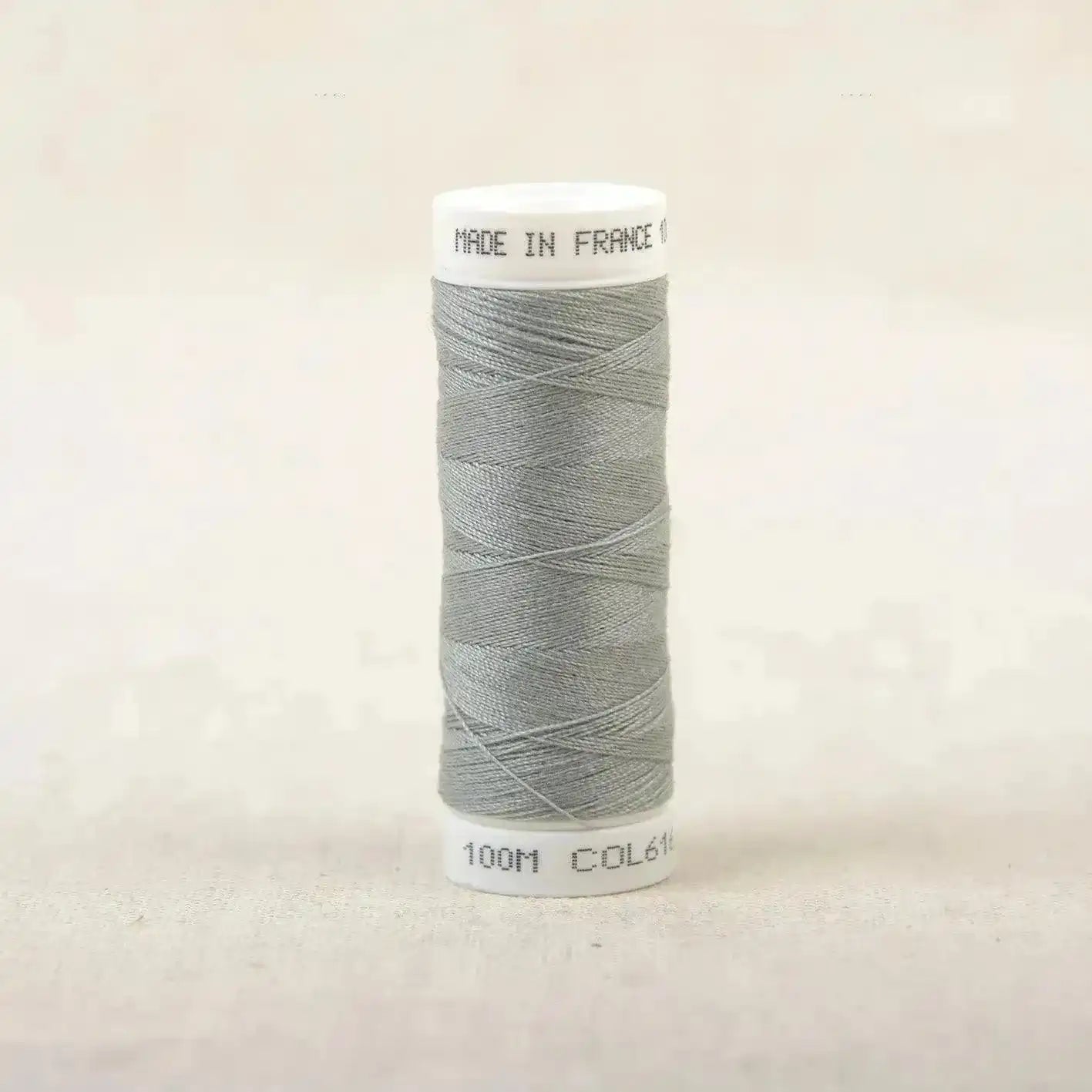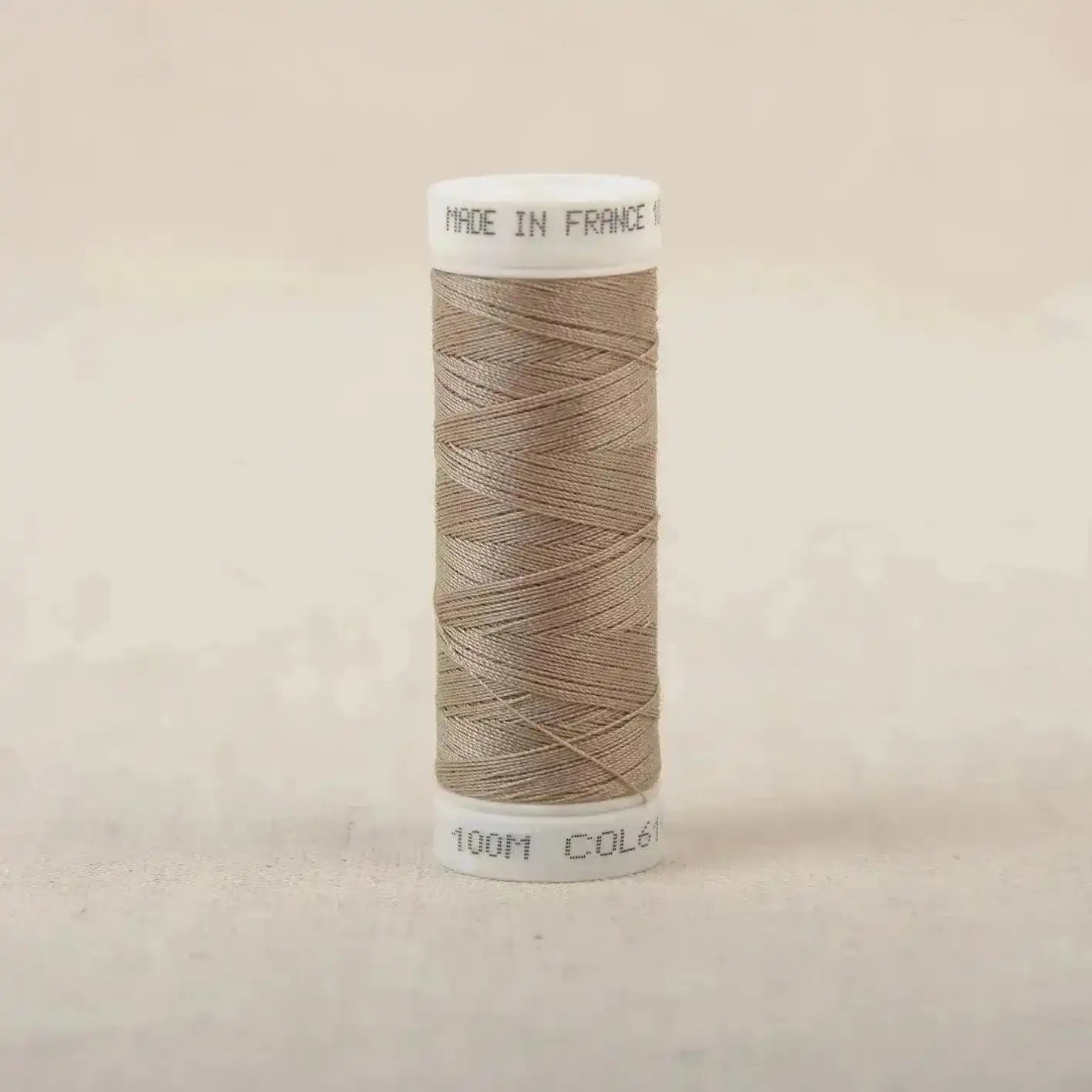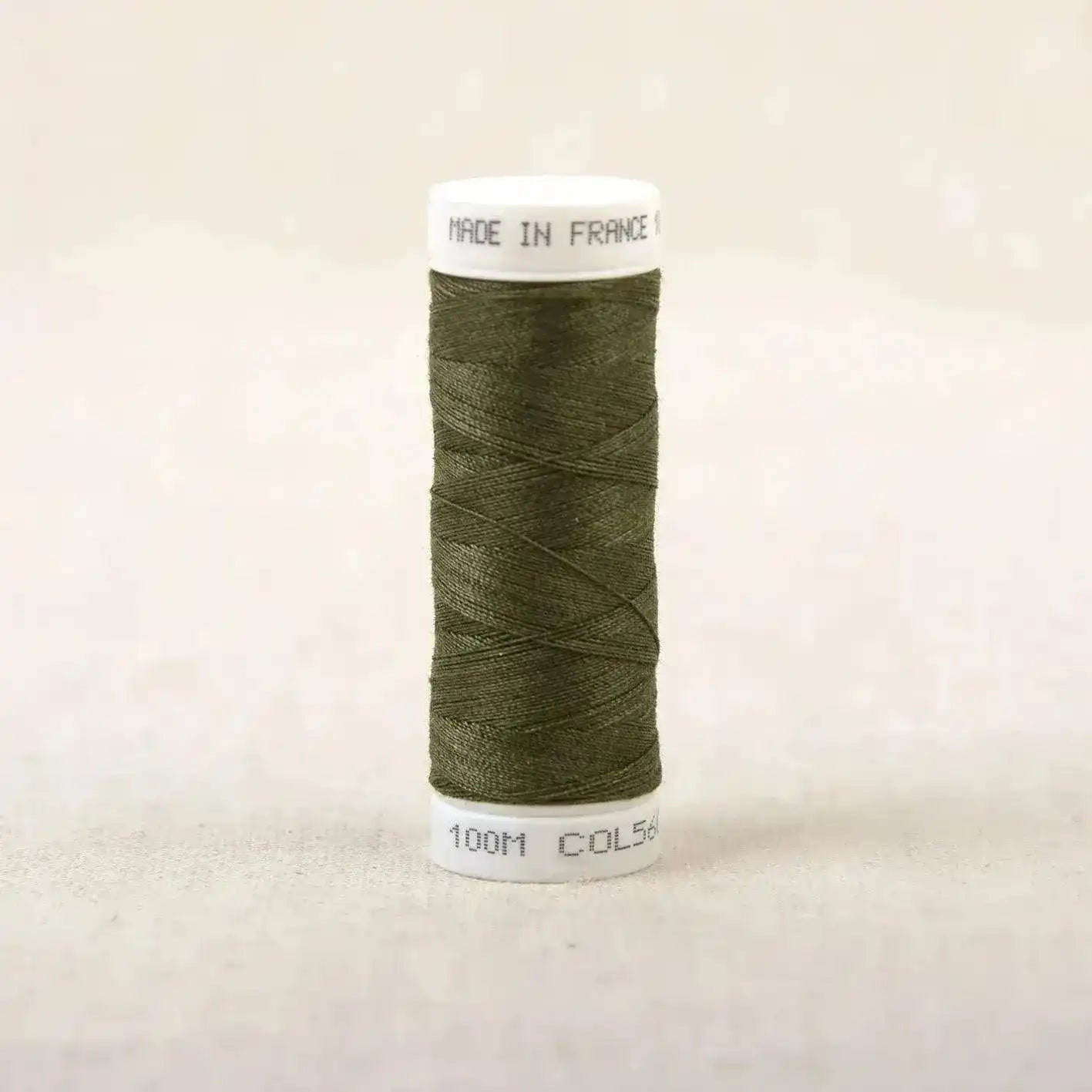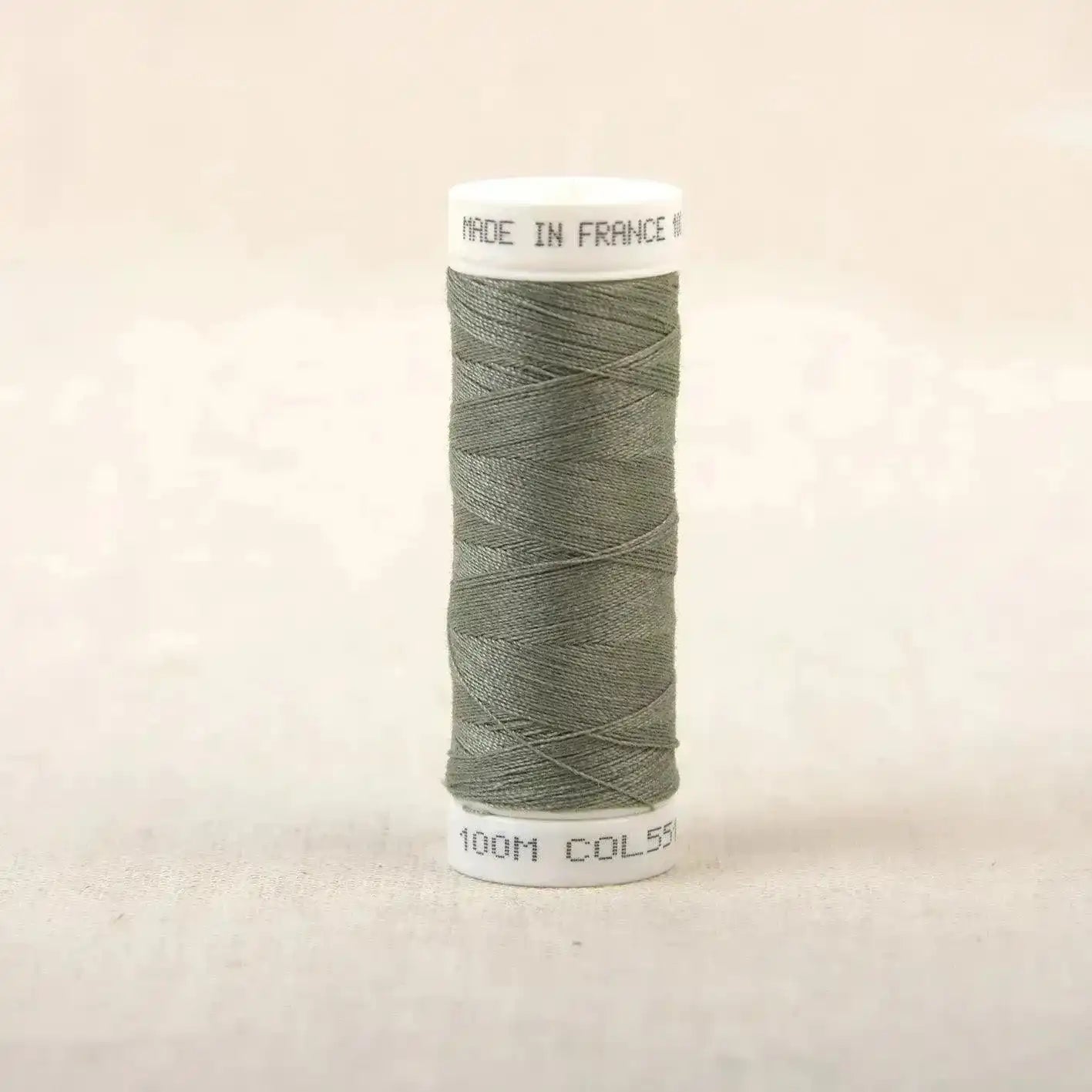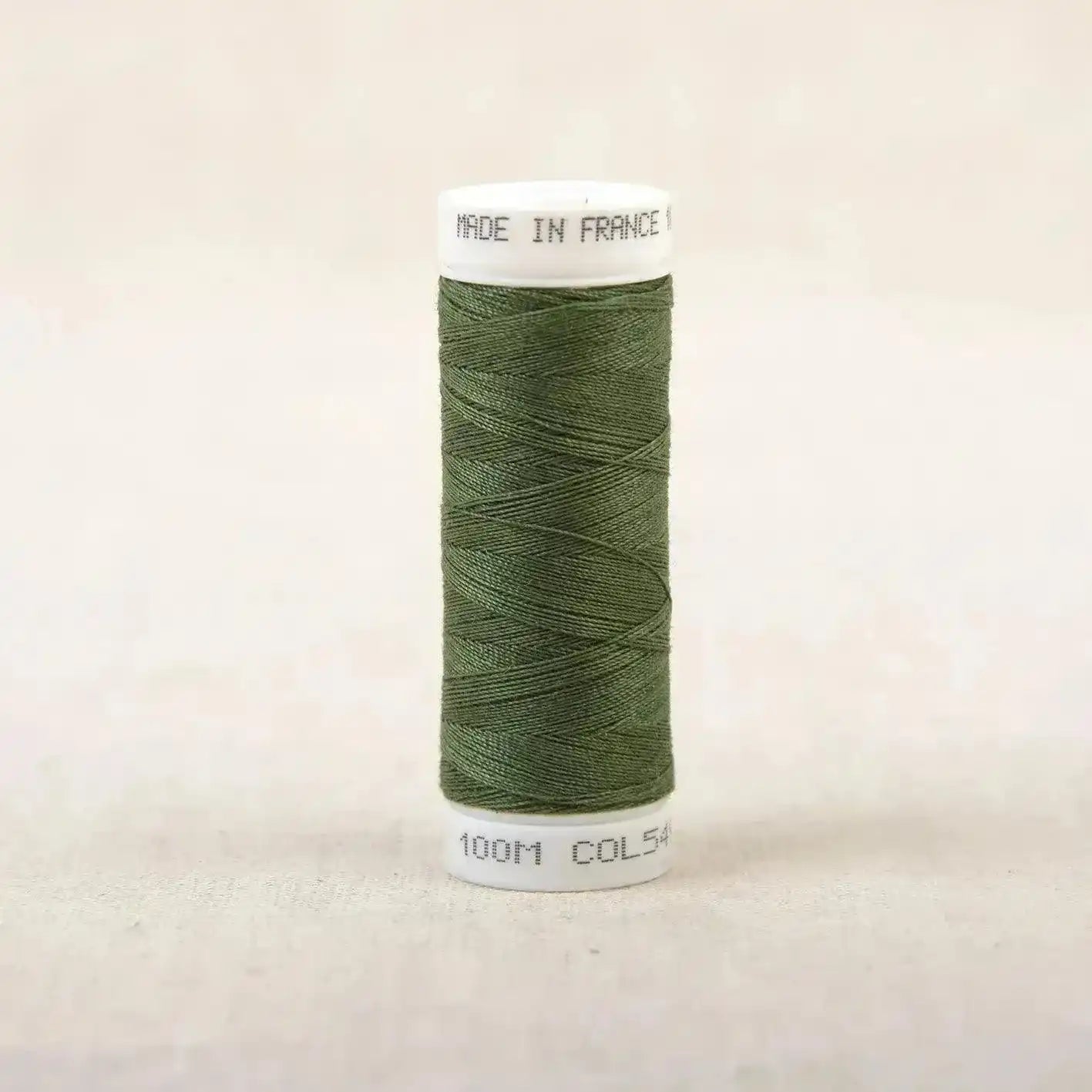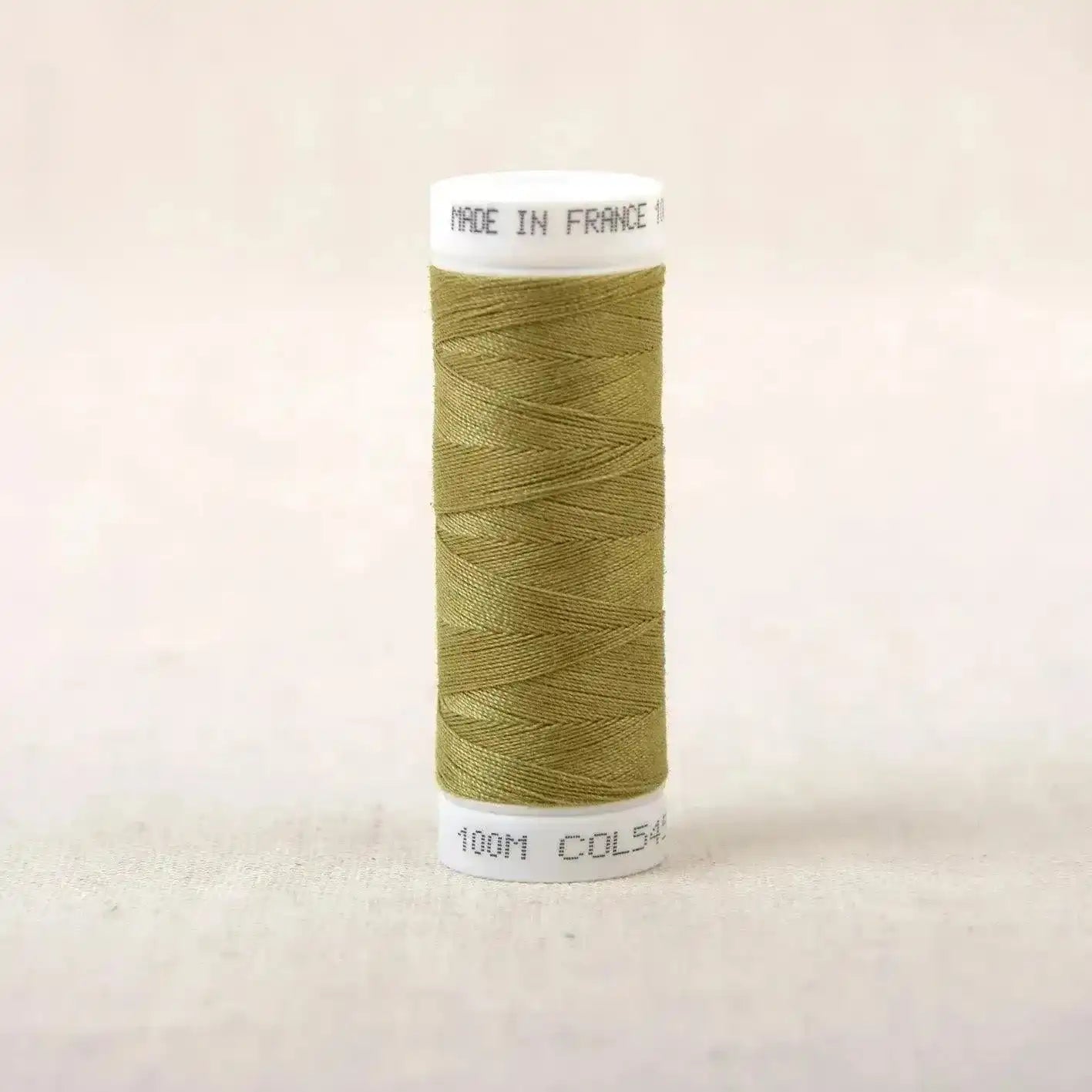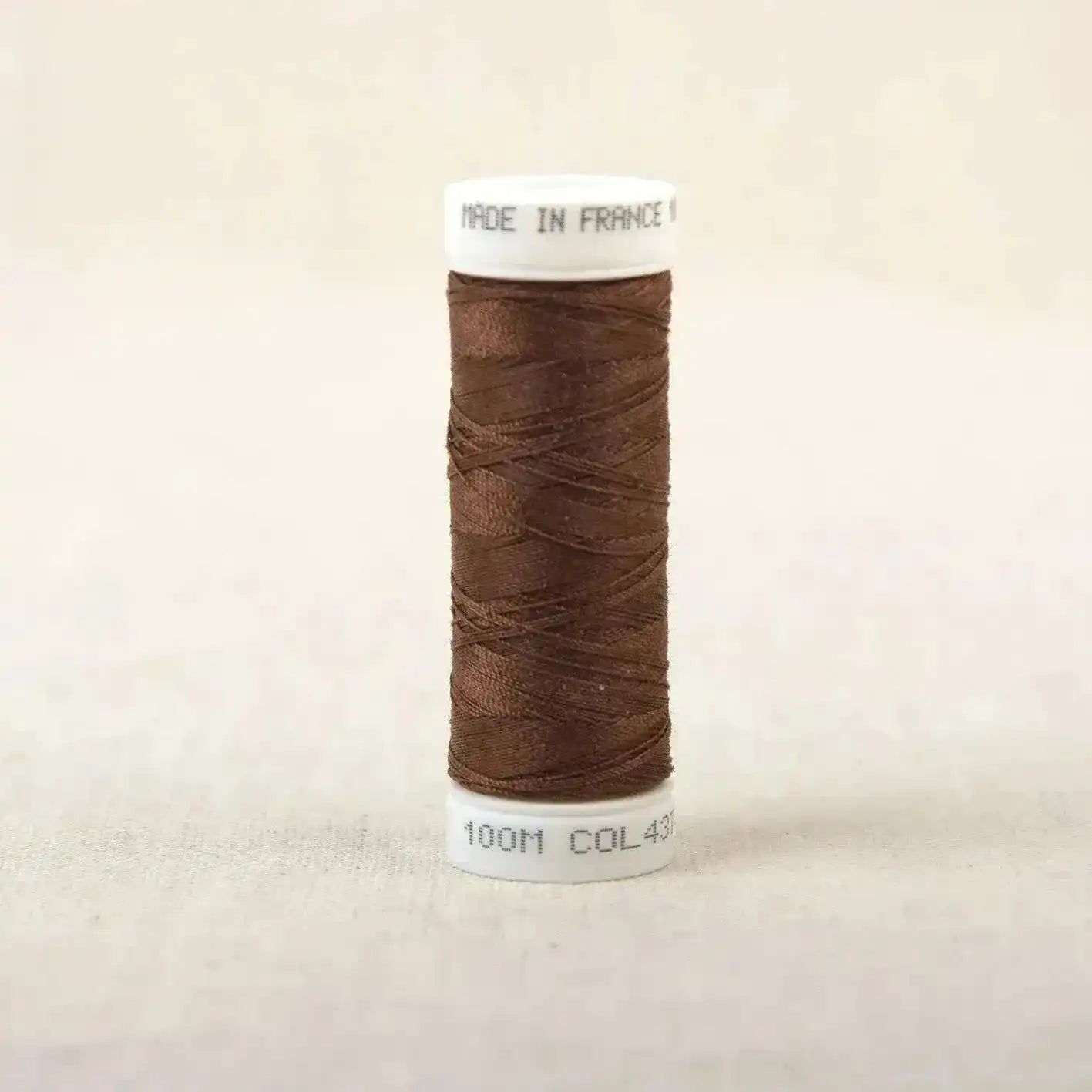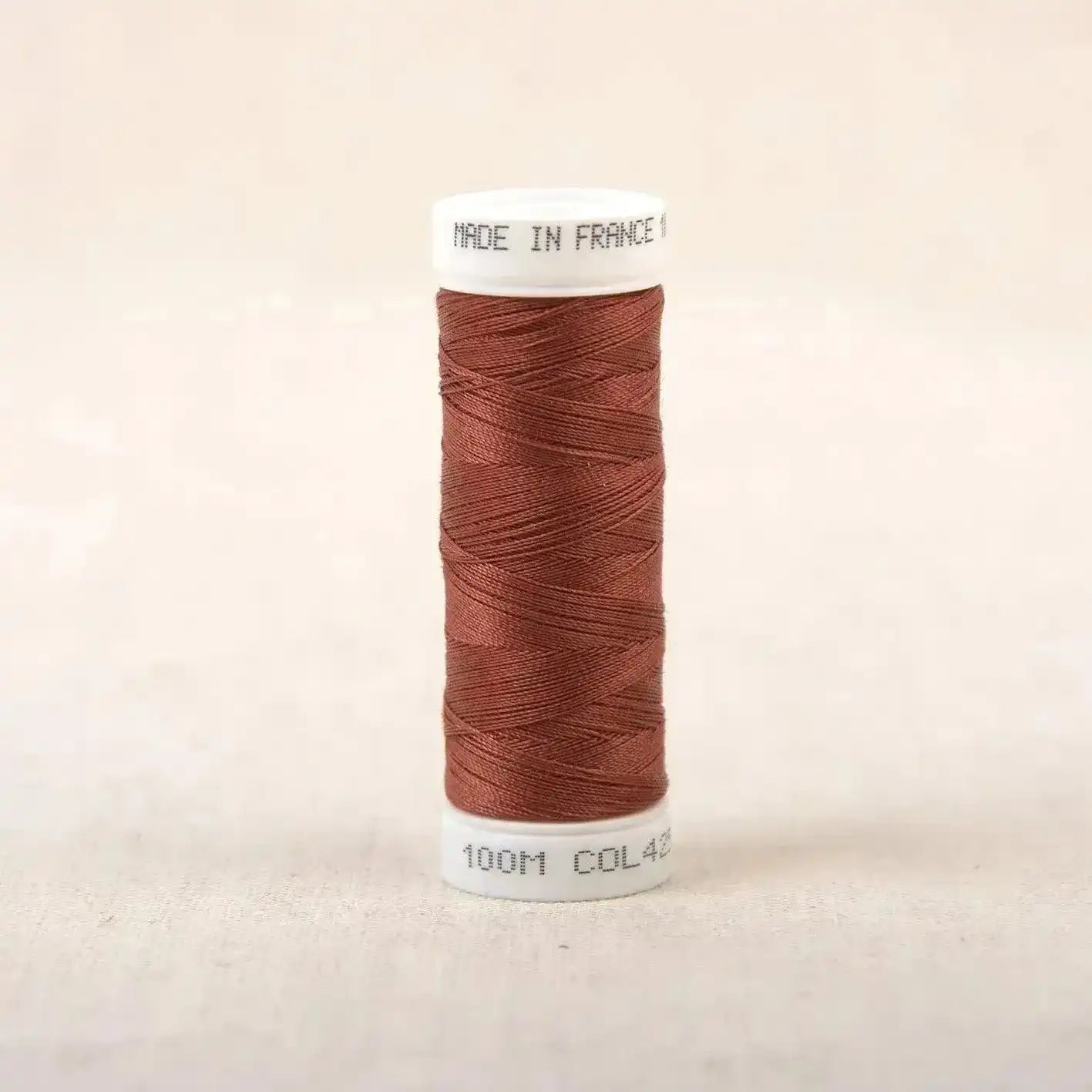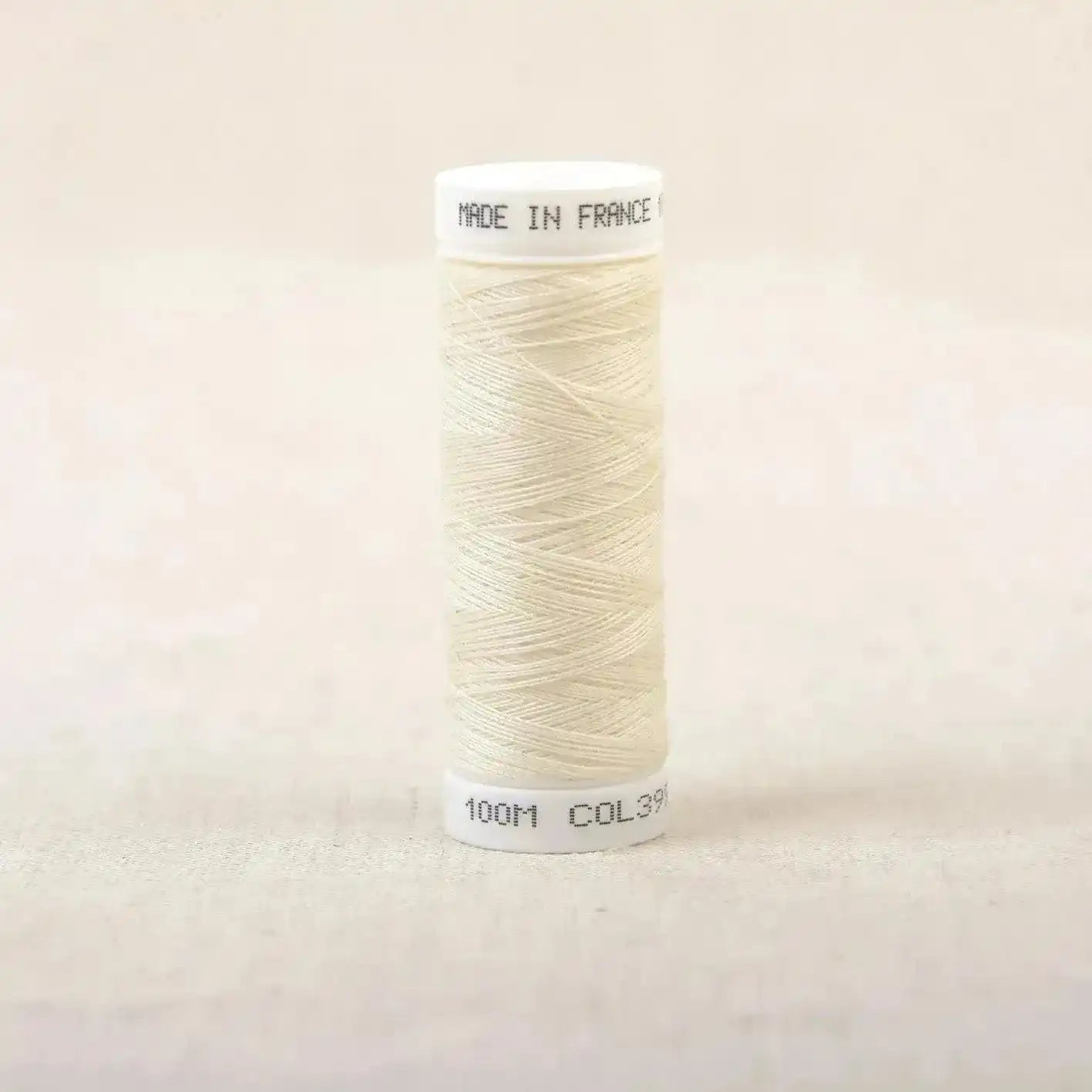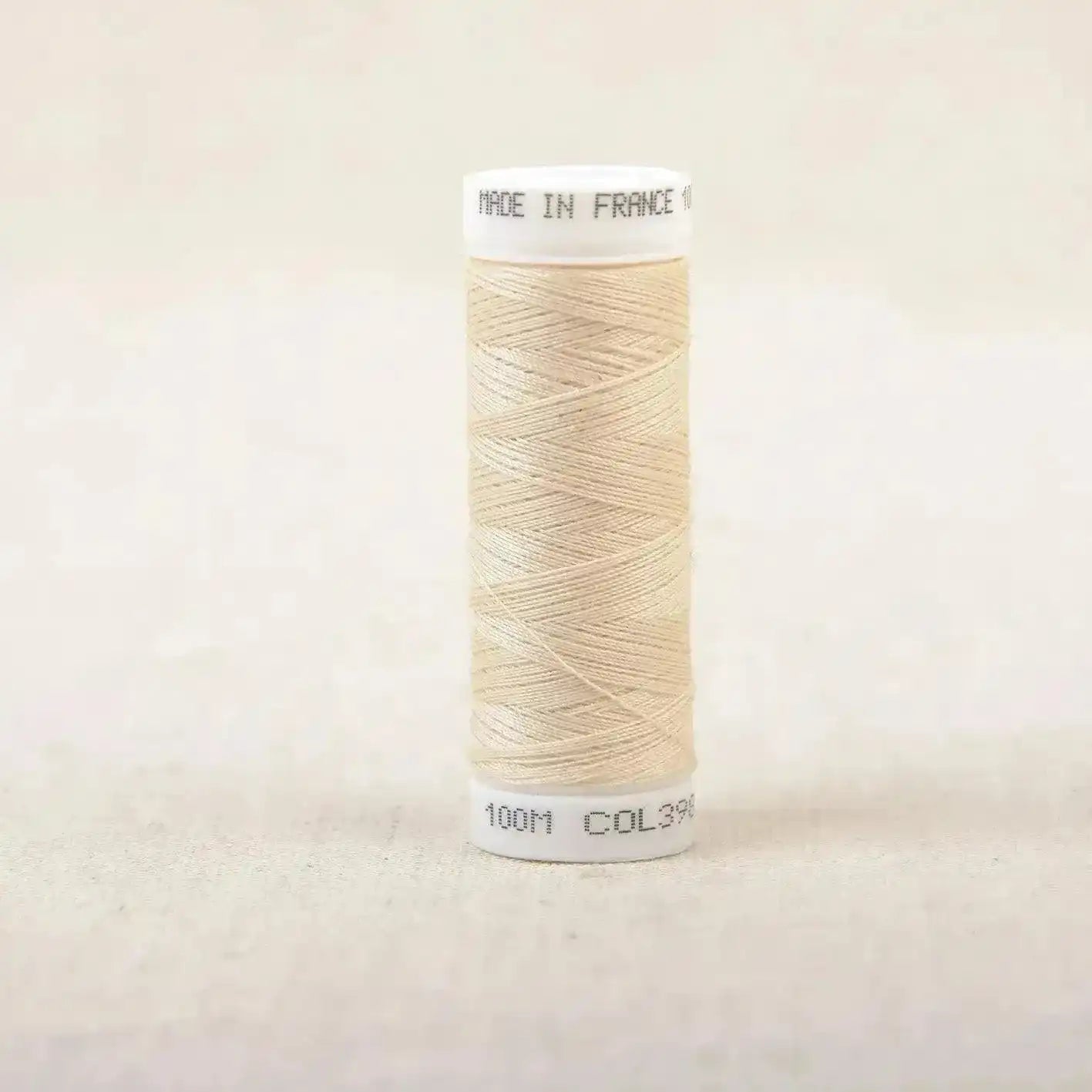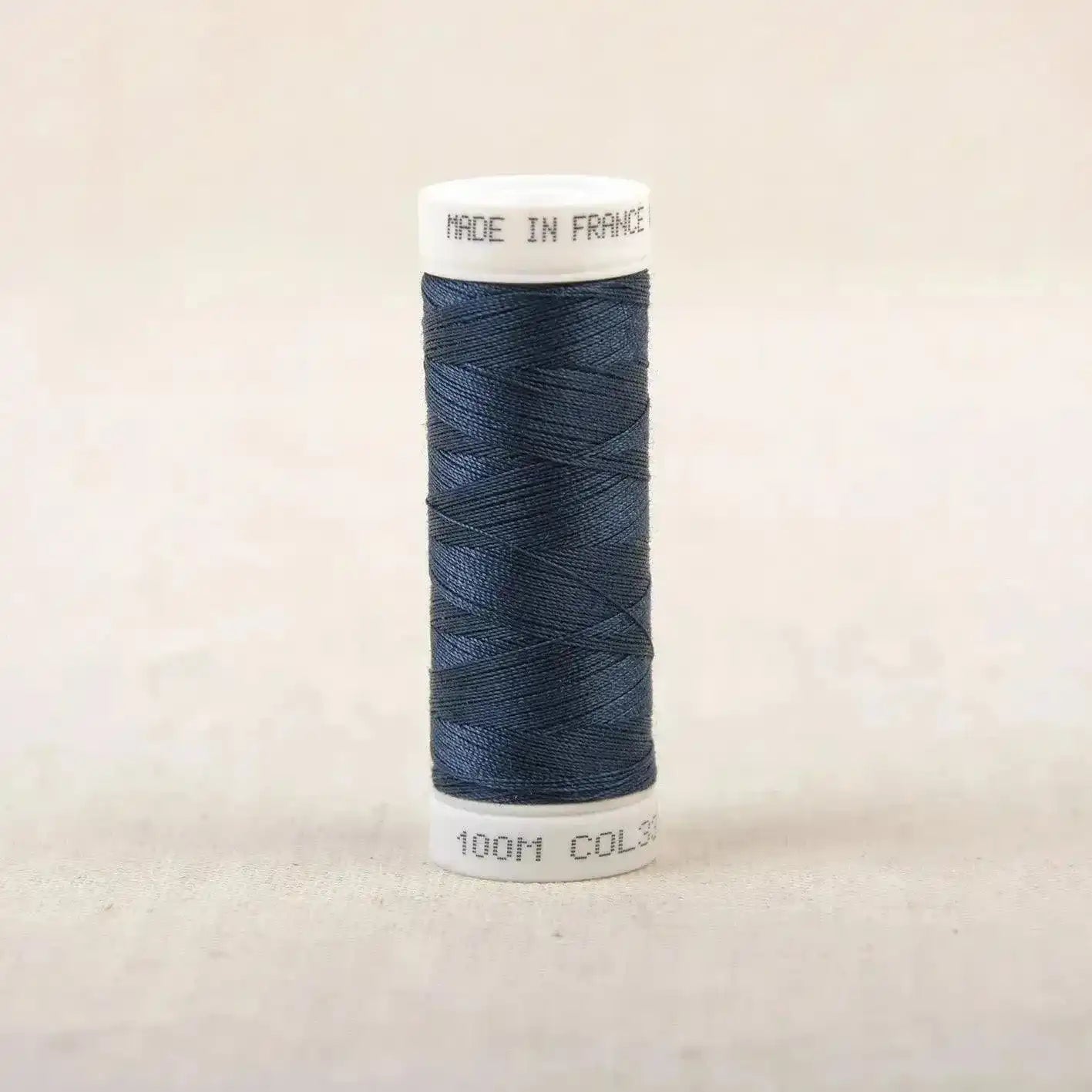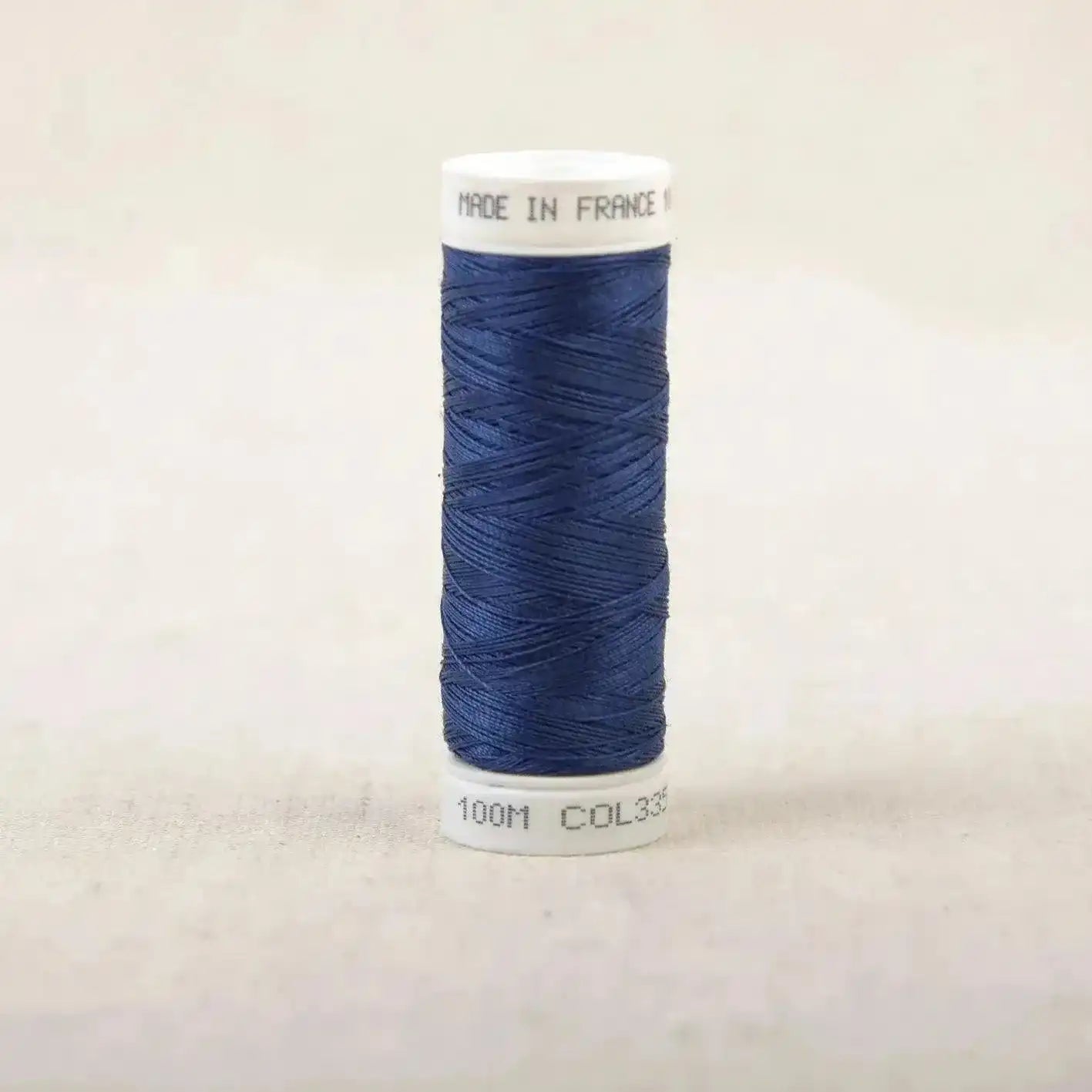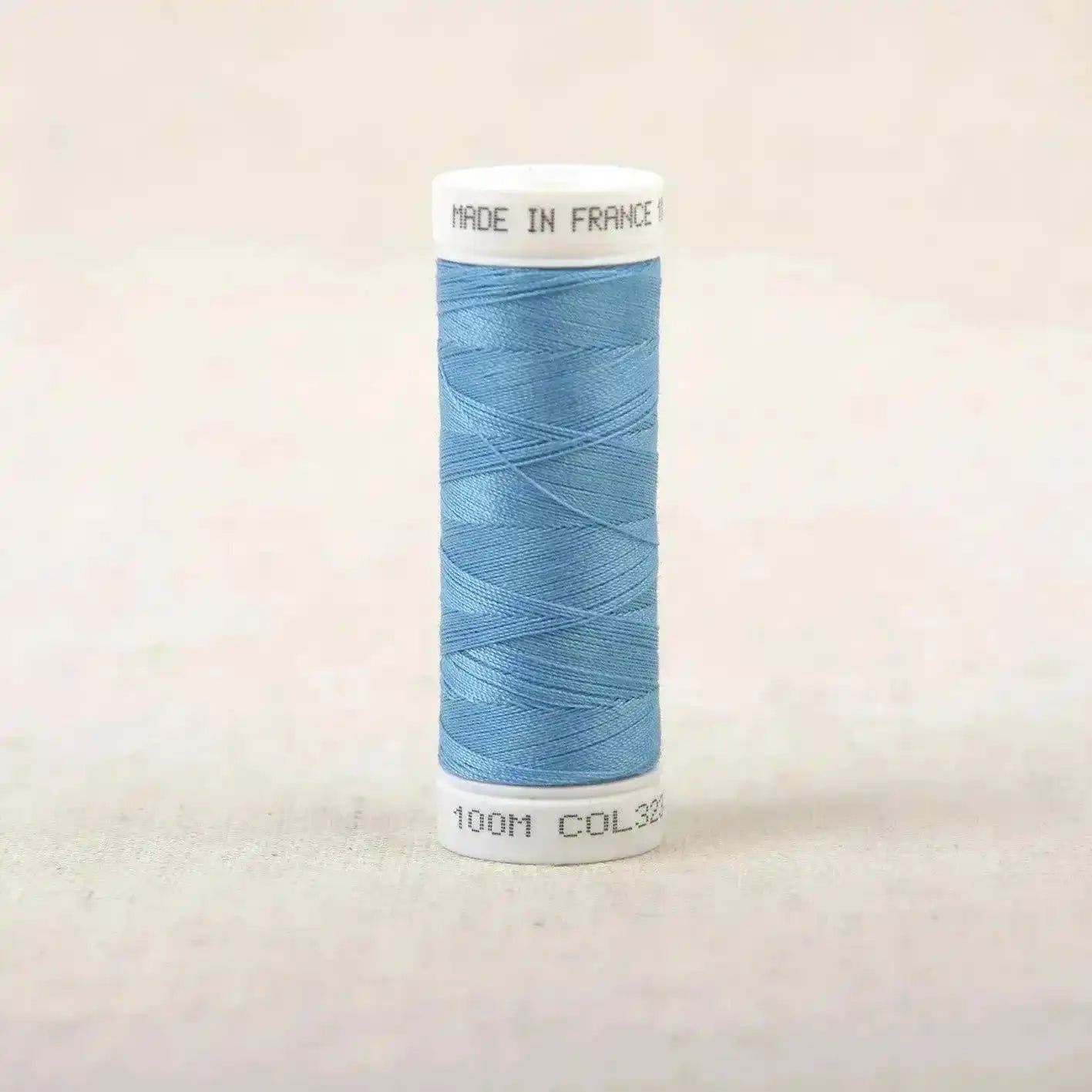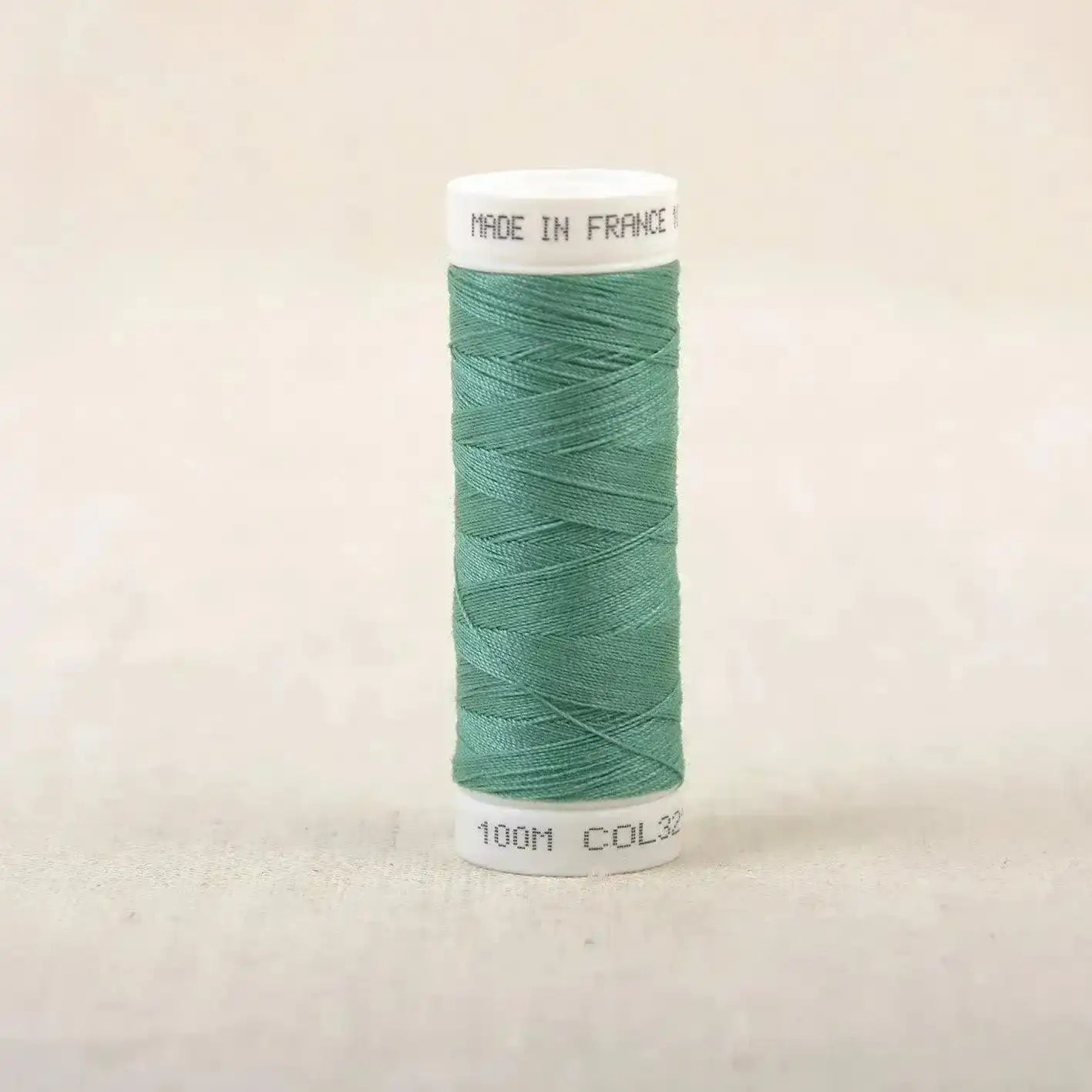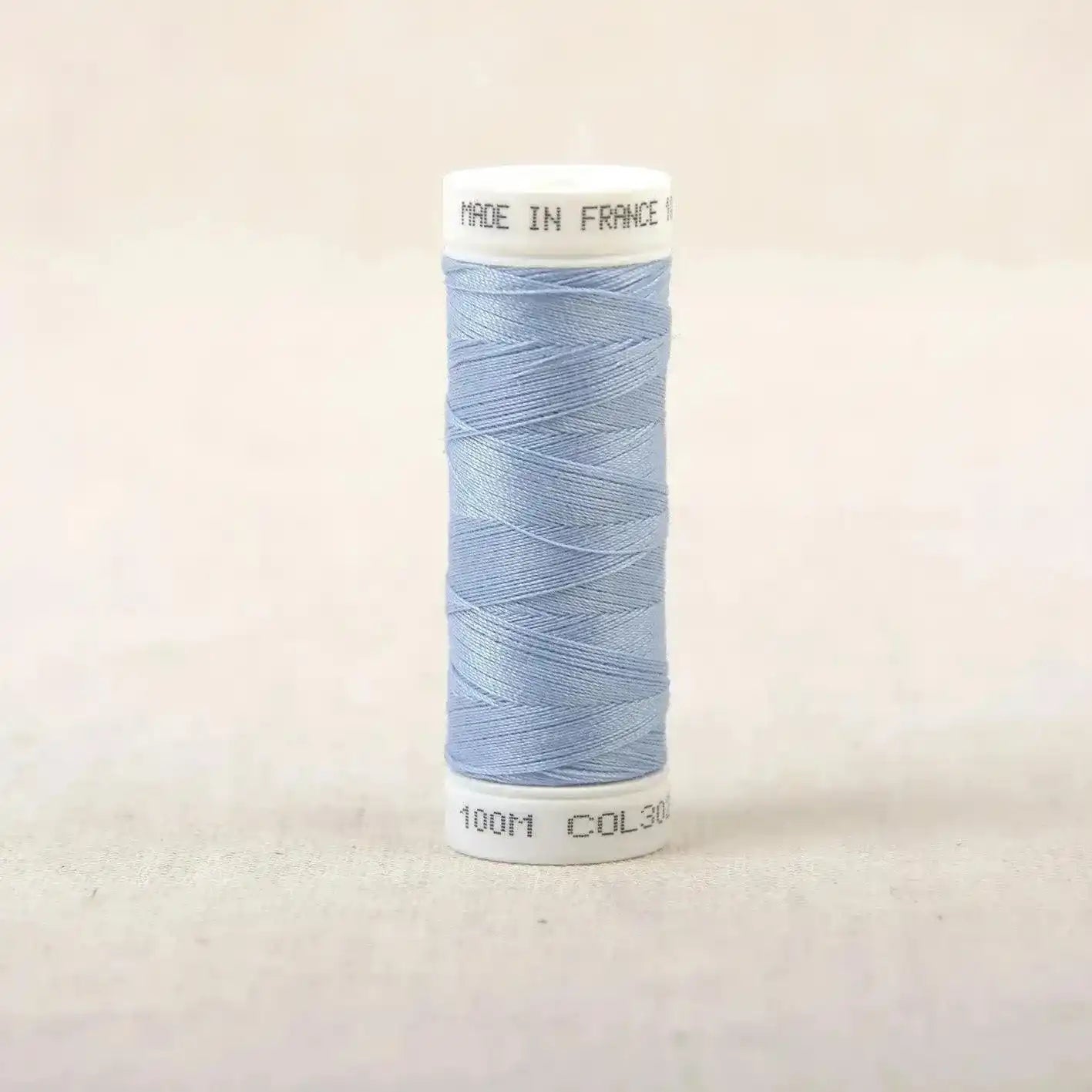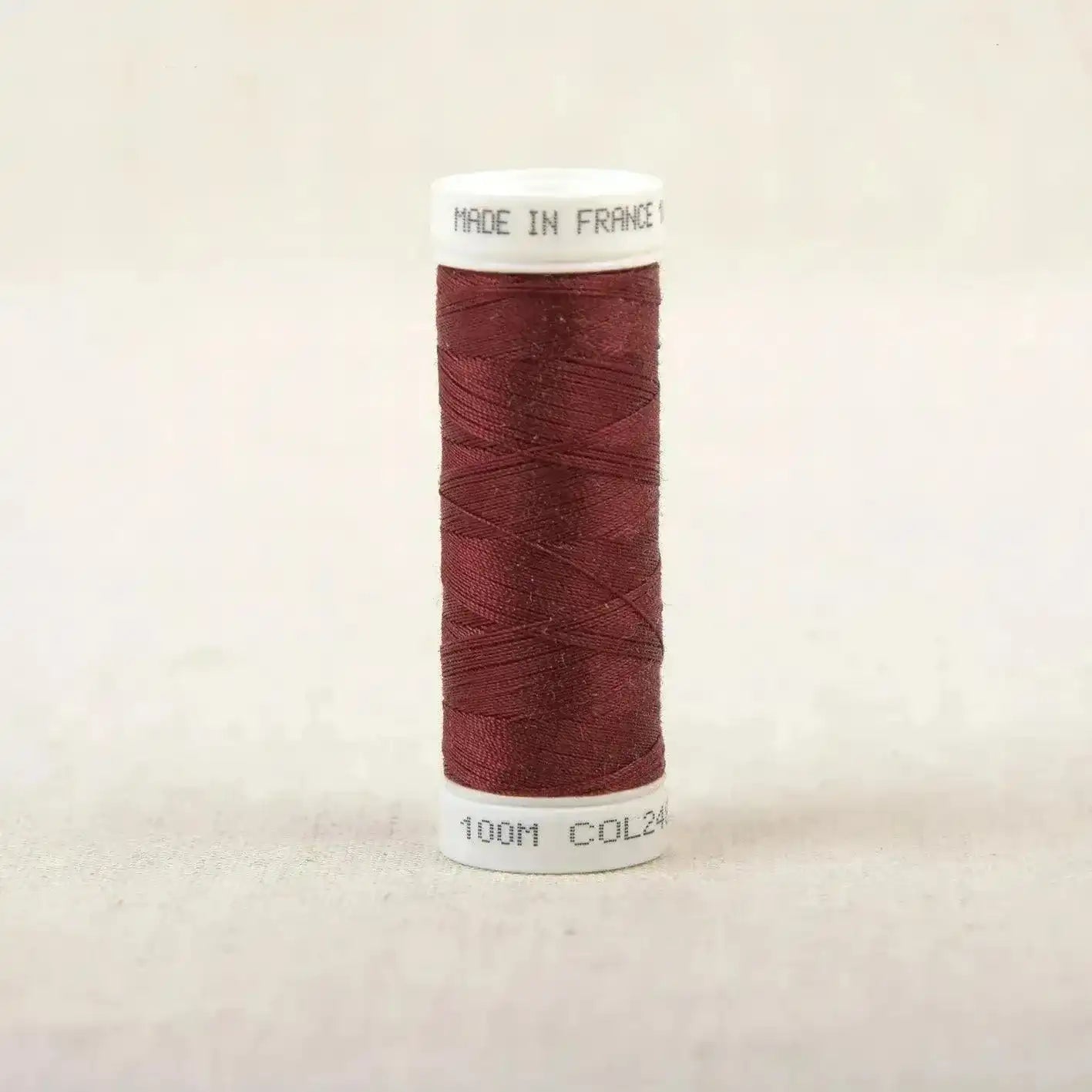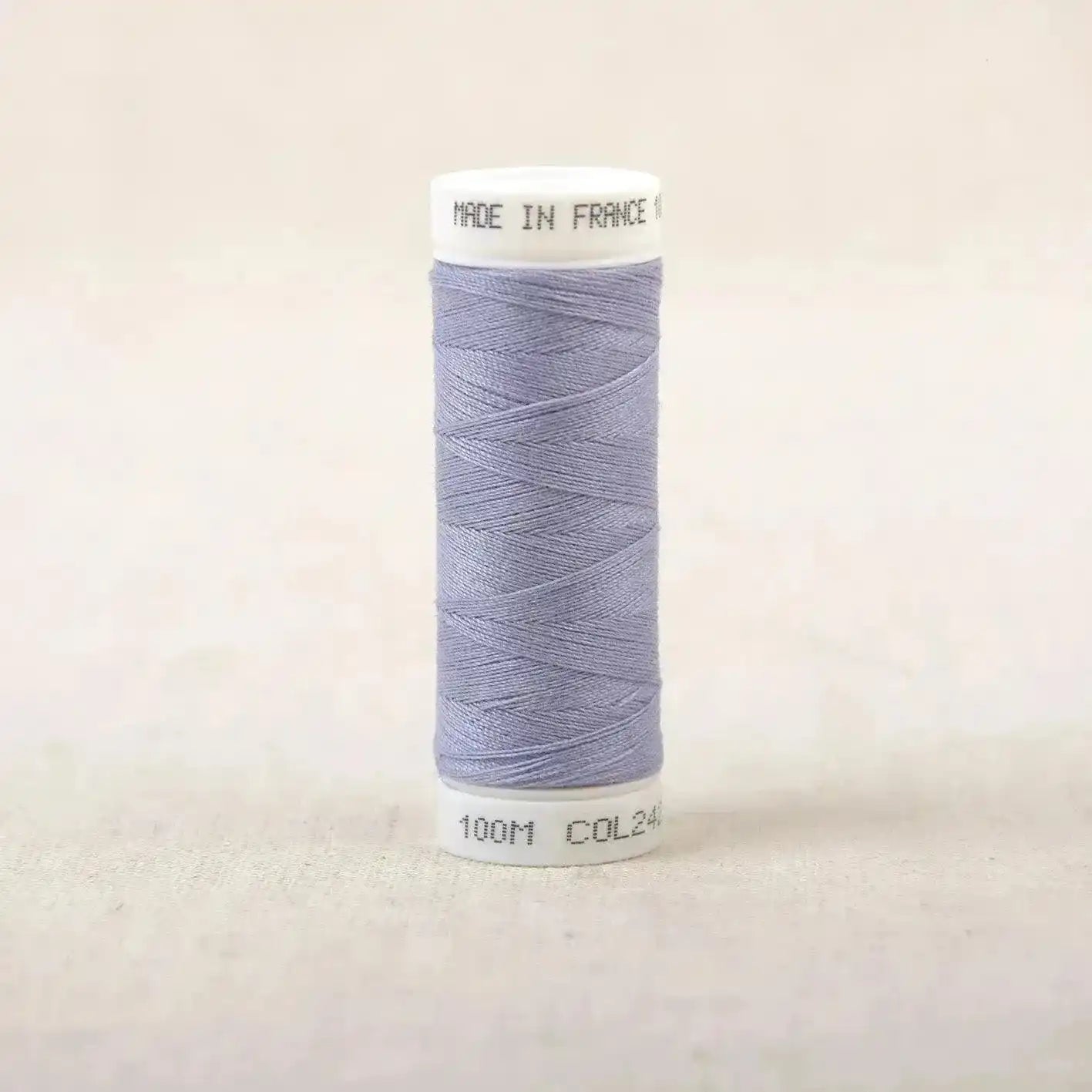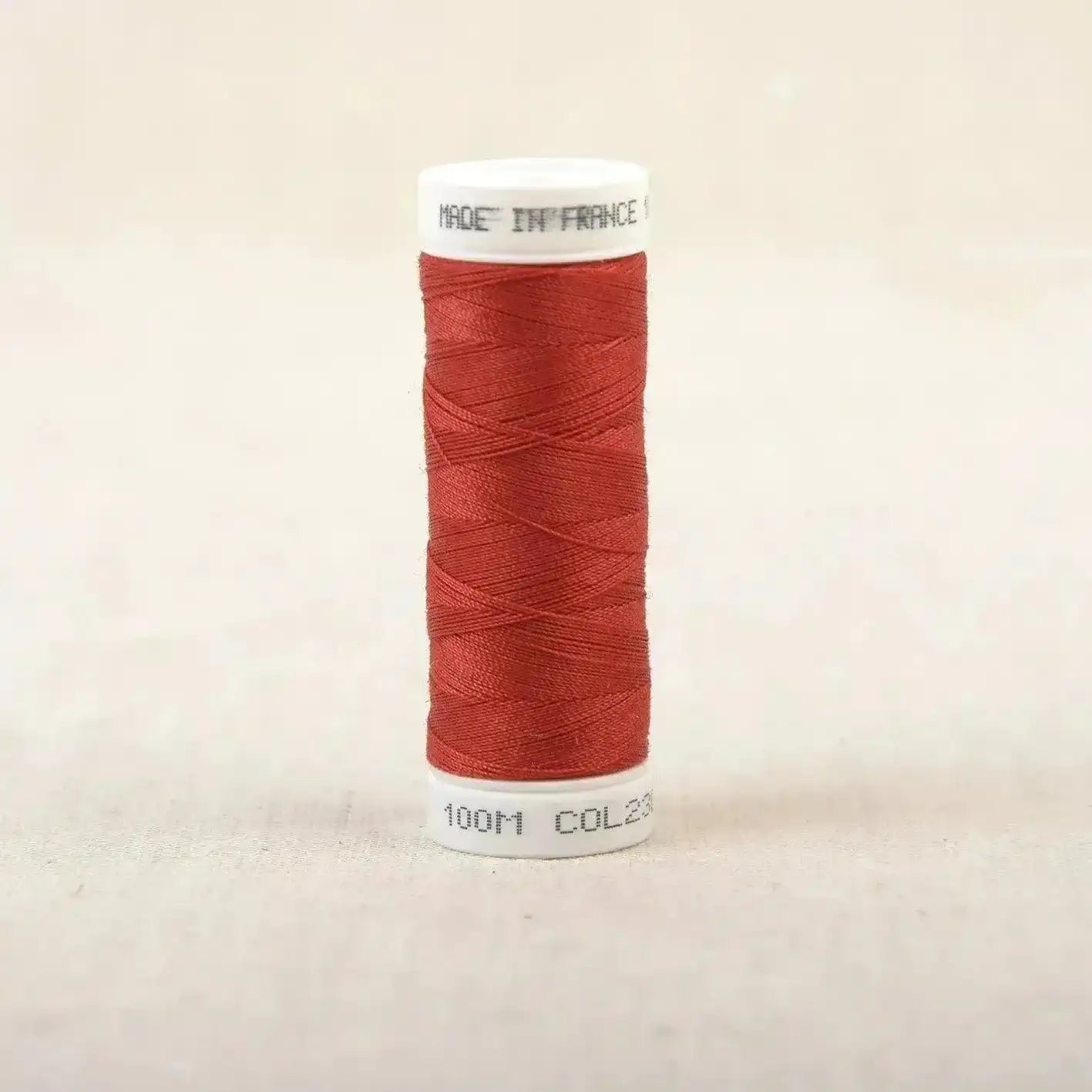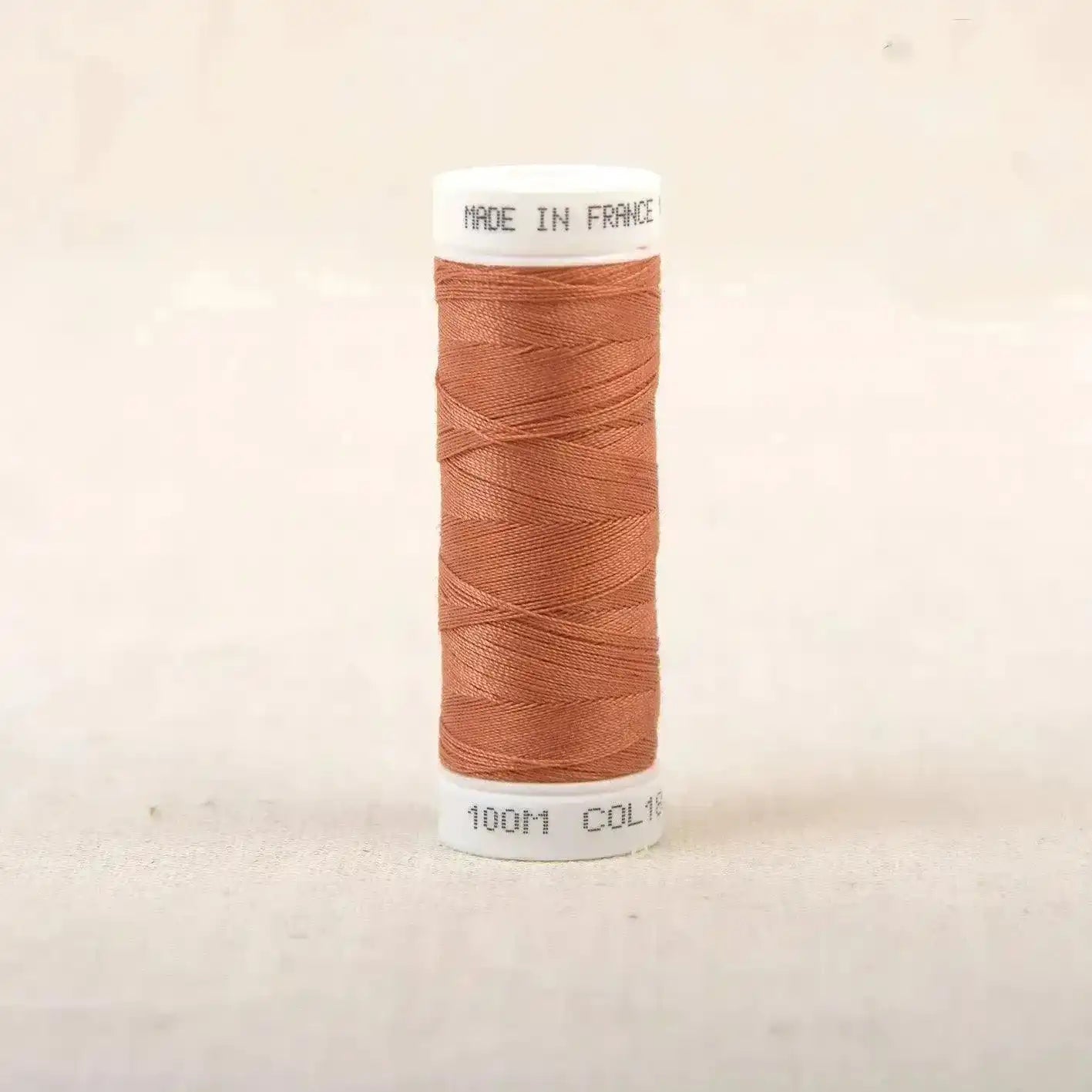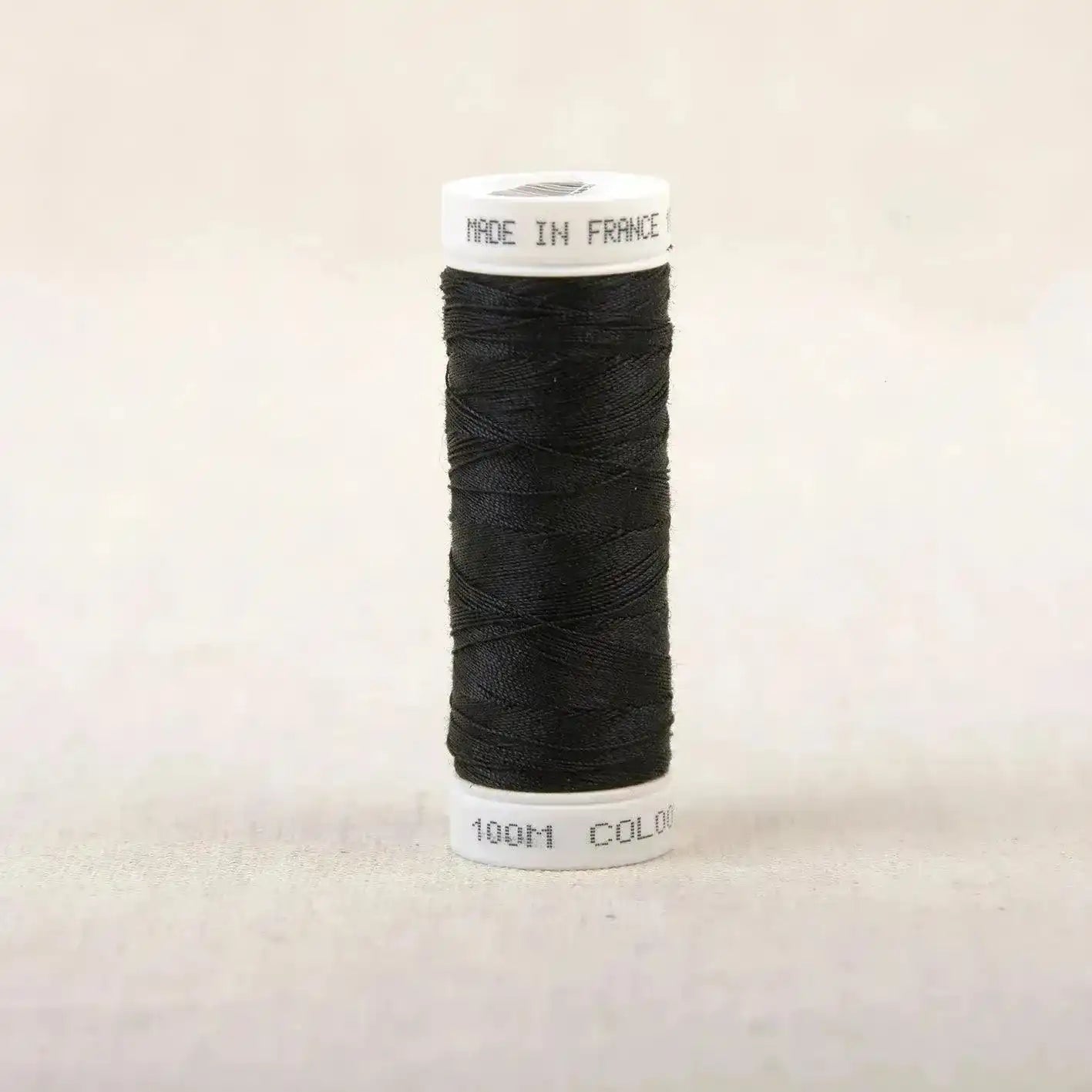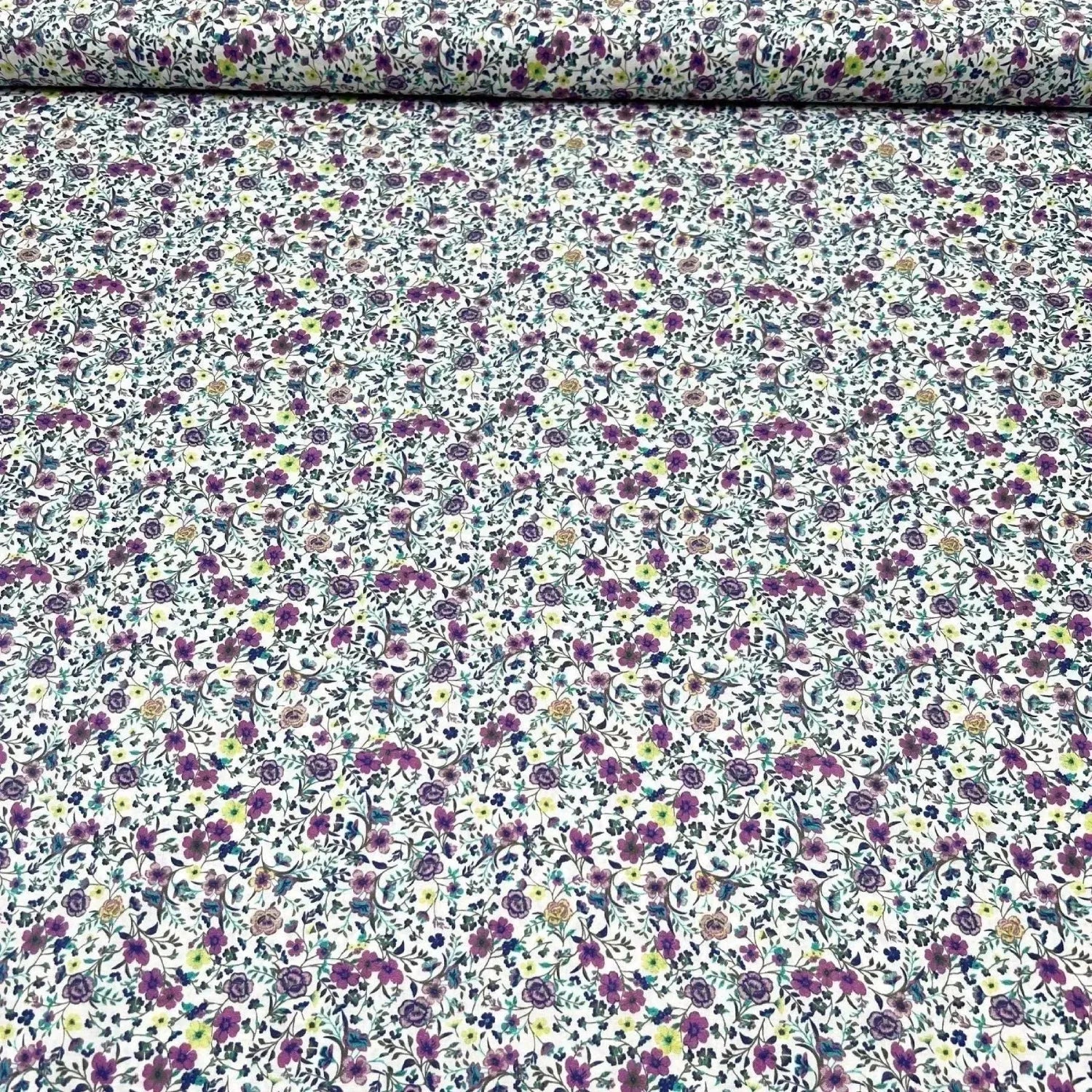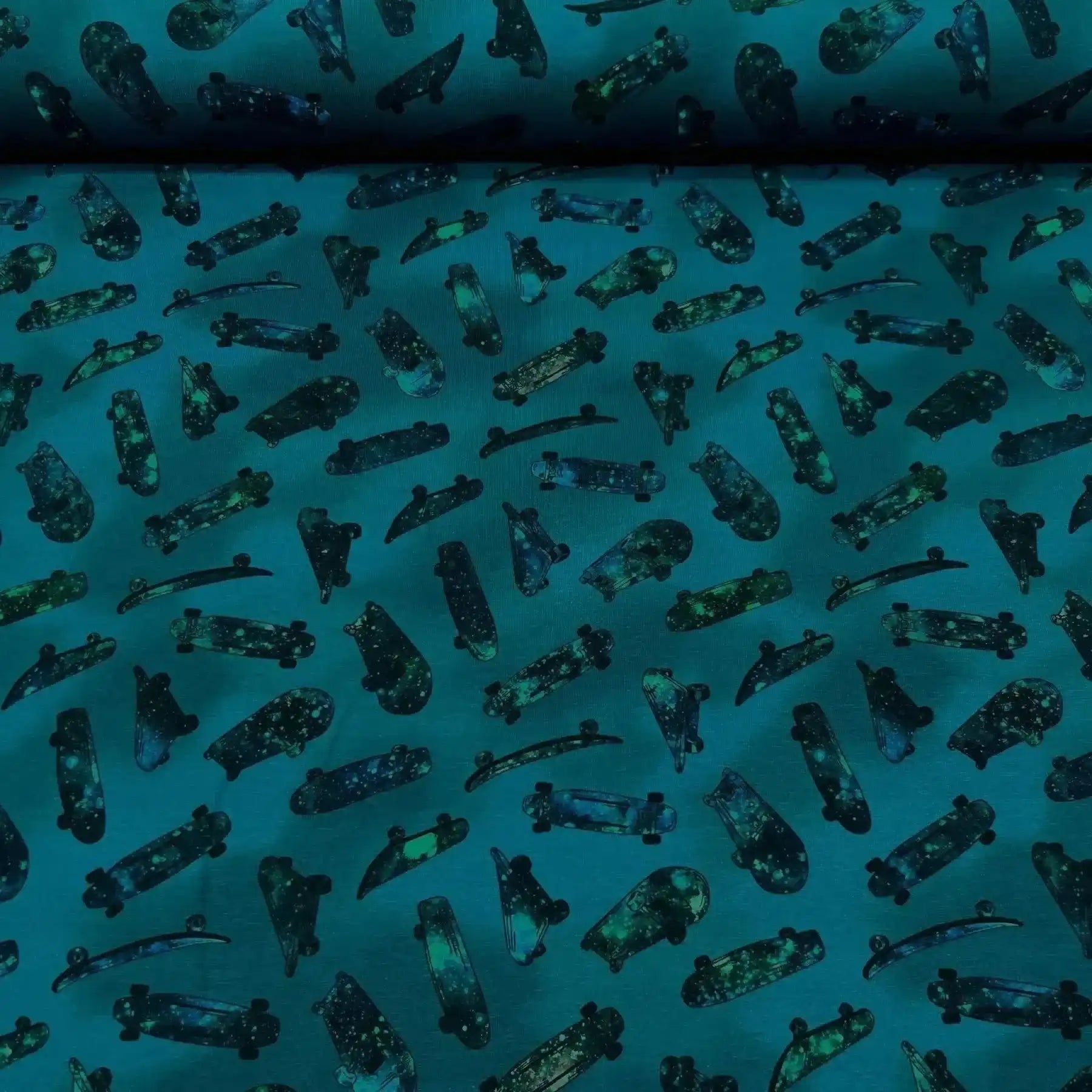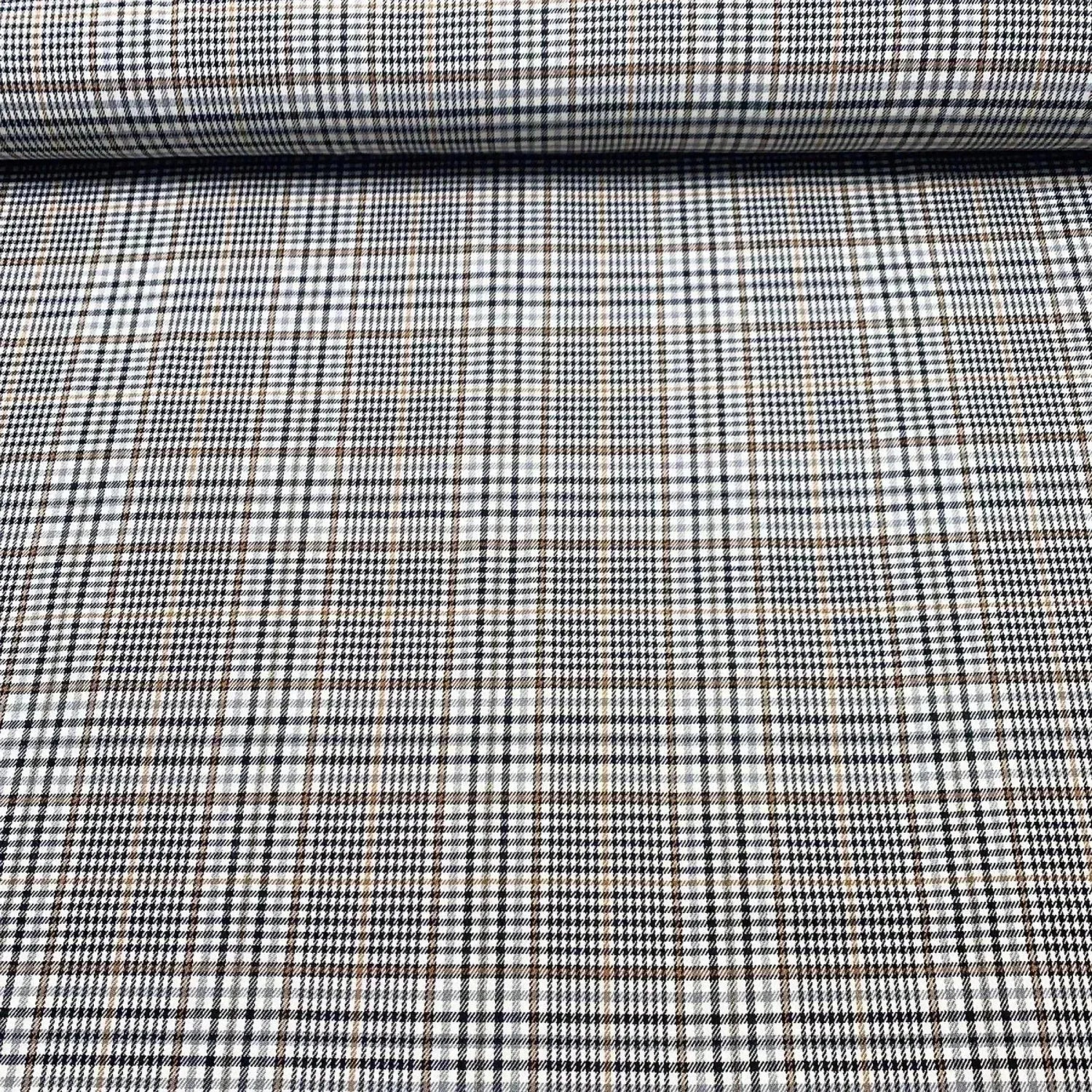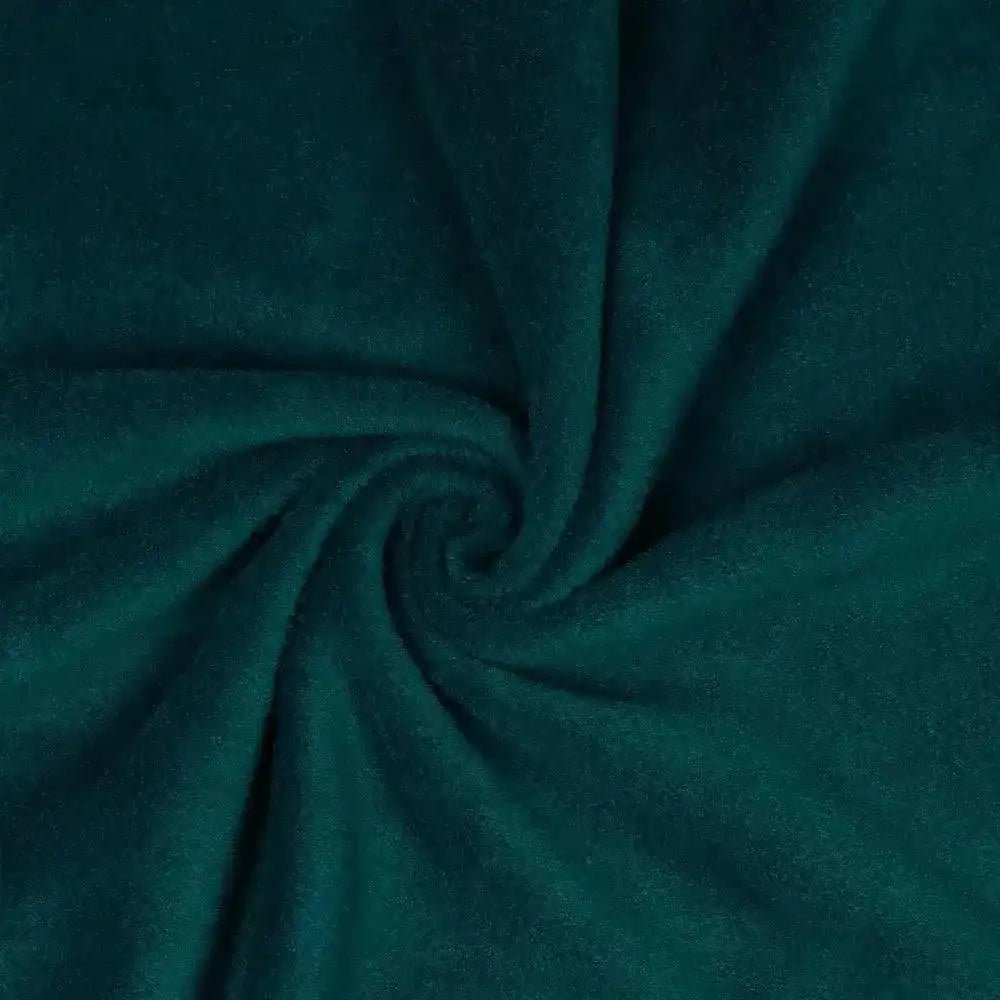Oeko Tex Fabrics: A Guarantee of Quality and Safety
Oeko-Tex fabrics are textiles certified by a quality label that guarantees the absence of substances harmful to health and the environment. This label assures consumers of fabrics without toxic products , suitable for direct contact with the skin, especially for clothing, household linen and accessories , thus offering safety and comfort in everyday life. These fabrics can be used in the manufacture of fleece , jersey , mesh or knitted clothing, ideal for breathable and skin-friendly creations, especially for babies and children.
The Oeko-Tex Standard label is based on a rigorous manufacturing process , with extensive testing carried out by independent certification bodies such as IFTH, the Austrian ÖTI Institute, the German Hohenstein Institute and Testex . This Oeko-Tex certification evaluates each textile component , from the yarn to the finished product , to guarantee a textile that meets environmental and health standards .
What is the Oeko-Tex label?
The Oeko-Tex label is an international certification that ensures that textile products meet strict criteria regarding harmful substances . It is often compared to the GOTS label , but concerns a wider variety of textiles, ranging from household linen to fashion clothing .
The Oeko-Tex Standard 100 guarantees that every textile item is tested and meets international health standards . The Leather Standard concerns leather textiles and ensures the absence of harmful substances in their manufacture , while the Made in Green by Oeko-Tex label certifies environmental quality and responsible working conditions .
How does Oeko-Tex certification work?
Oeko-Tex certification is based on a strict assessment of each stage of the manufacturing process . It guarantees a production chain that complies with health standards . It also ensures the absence of harmful substances . Each textile must meet specific criteria .
These criteria concern heavy metals , pesticides , allergenic dyes and solvent residues . An independent certification body awards this certification by carrying out regular audits and in-depth tests on each production batch .
What are the Oeko-Tex product classes?
The Oeko-Tex label distinguishes four classes of products , each corresponding to a level of contact with the skin :
-
Class 1 : Concerns baby products , subject to the strictest criteria.
-
Class 2 : Intended for textiles in direct contact with the skin , such as clothing and household linen.
-
Class 3 : Includes textiles without direct contact , such as curtains and upholstery.
-
Class 4 : Applies to materials used in the furniture and textile industry .
Which products are covered by Oeko-Tex?
Oeko-Tex certified products cover a wide range of textile items , including:
- Clothing for men, women and children
- Household linens, such as sheets and towels
- Upholstery textiles, curtains and cushions
- Technical fabrics for sports and coats
- Leather Standard certified leather textiles
What is the difference between Oeko-Tex and GOTS?
GOTS certification certifies textiles from organic farming . Oeko-Tex guarantees the absence of toxic substances , regardless of the origin of the fibers. The distinction between Oeko-Tex and GOTS is important. GOTS only applies to organic natural fibers , while Oeko-Tex also applies to synthetic textiles and treated materials.
What are the dangers of harmful substances?
The textile industry uses products that can pose a danger to human health . Certain toxic substances are commonly used in dyeing, finishing, and fiber processing . These substances can cause skin irritation, allergies, or respiratory reactions . Thanks to the Oeko-Tex label , these products are tested to ensure their safety and protect consumers from any health risks and also to be more environmentally friendly.
How to obtain Oeko-Tex certification?
Manufacturers must follow a rigorous process to obtain Oeko-Tex standard certification . This certification involves:
-
A regular audit of production lines
-
Extensive testing by independent laboratories
- Strict analysis of the chemical substances used
- Continuous monitoring to ensure compliance with standards
Why choose Oeko-Tex textiles?
Choosing an Oeko-Tex certified product guarantees a quality textile without health risks . This trusted label ensures more responsible textile production . It limits toxic substances and complies with environmental standards . Whether for fashion, decoration or furnishings , choosing an Oeko-Tex certified textile guarantees safety, comfort and lasting quality.
They are suitable for making shirts , sportswear , bed linen , or washable cushions as well as for personal creations thanks to their ease of sewing or ironing .
Oeko-Tex Fabrics in Summary
Oeko-Tex fabrics are certified textiles, guaranteeing the absence of harmful substances and a reduced environmental impact . This label is based on a rigorous certification process , where each material undergoes strict tests to limit health risks and meet the requirements of the textile industry.
In France and around the world, many certified companies adopt this standard. They offer fabrics that meet strict criteria for water management , manufacturing, and ecology . An Oeko-Tex labeled fabric means that it has undergone testing at all levels . These tests cover the source , manufacturing , as well as the control of raw materials and dyes used. Choose your Oeko-Tex fabrics from our wide selection of knitted , fleece , plain cotton , or bamboo fabrics, for healthy, modern, and sustainable projects.
There are different categories of Oeko-Tex fabrics, suitable for each textile sector , such as fashion, furnishings , household linen and baby clothing. Each textile is analyzed to ensure that it respects the values of the Oeko-Tex association and that it is manufactured using a responsible process .
Certified fabrics offer superior quality. They guarantee an environmentally friendly product free from hazardous chemicals. Whether you are a supplier, designer, or consumer, choosing Oeko-Tex fabrics means choosing an eco-responsible textile. This textile is produced in compliance with safety and sustainable development standards.

